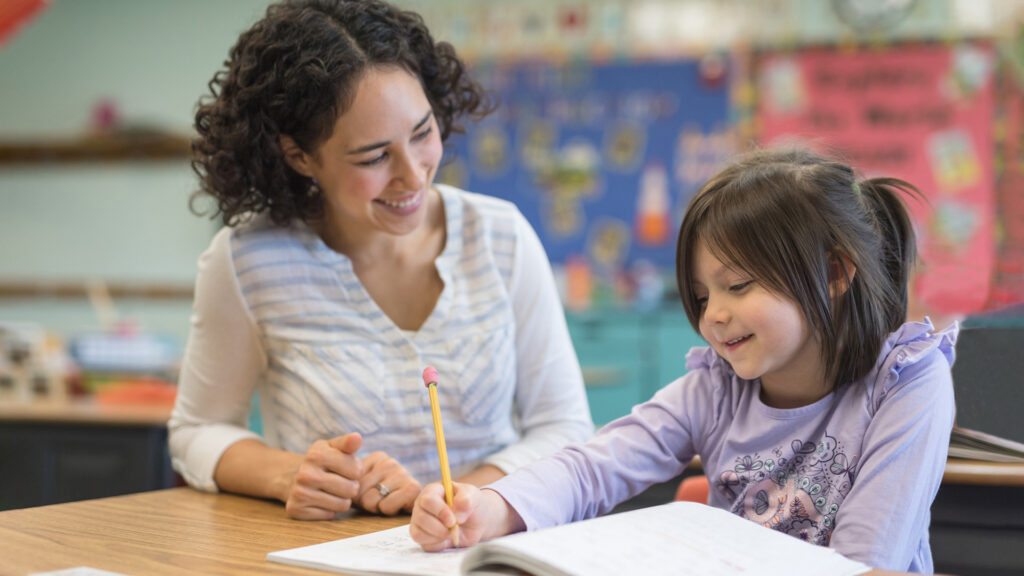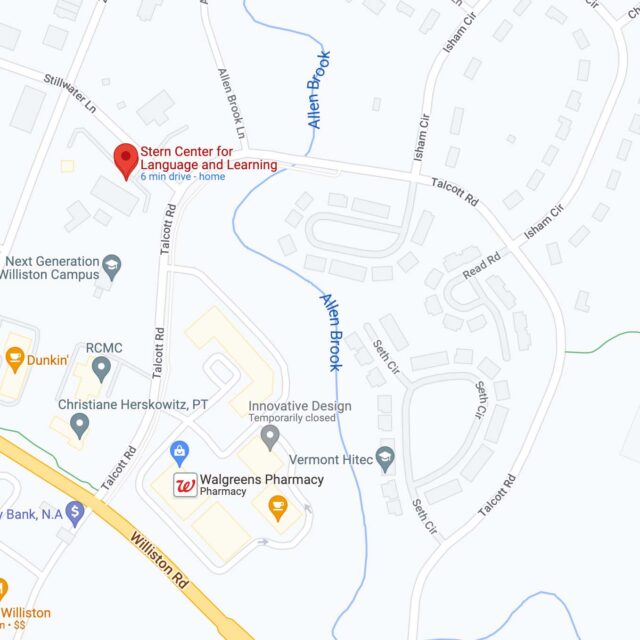
People are motivated to read and write because we know that print contains a message. We also know that anything we say can be put into print.
“Early literacy benefits from both print-to-speech and speech-to-print instruction,” says Reading Rockets, a reading resources site. “It creates connections in the brain that link new knowledge about the alphabet to what children already know and are continuously learning about words — their pronunciation, their meaning, and their use.”
Here are some fun suggestions for connecting speech to print:
If you can say it, you can write it!
Have children dictate the phrasing for a thank you note, email, story, or reminder. Write down exactly what they say, not making any corrections for grammar or pronunciation. Read it back to them, pointing to each word as you go.
Say, what?
Look for books with thought bubbles (like Don’t Let the Pigeon Drive the Bus by Mo Willems). Cut your own thought bubbles out of white paper and add them to magazine pictures and family photos. Don’t limit it to people. Trucks, machines, animals, and things in nature “say” sounds too. Figure out the spelling together and get ready to giggle.
Stick to it
Sticky notes make labeling objects around the house quick and easy. You can even label your own body!
Size it up
Look for books that use different-sized print for shouting and whispering (such as Snuggle Puppy by Sandra Boynton). Show your child how you know when to adjust the volume.
Sing it
Sing a twist on the old song: there was a mom who had a kid, and Colby was his name-o: C-O-L-B-Y…”
Show it
Build your children’s understanding of the ABC’s not just by saying and singing them. Use refrigerator magnet letters to match (L to L), recognize (“Find the M.”), and name them (“What’s this one?”).
